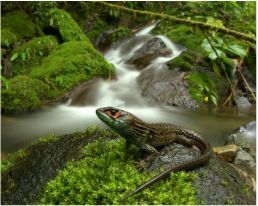
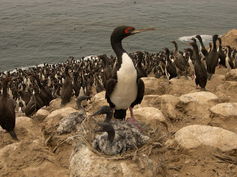
 Organized by Emanuele Biggi, Alessandro Catenazzi, and Francesco Tomasinelli: A journey to discover the natural and photographic fauna and flora and culture of the great Peruvian environments. Peru is one of the countries with the highest level of biodiversity in South America, thanks to the diversity of its environments and climatic zones. During this trip we will discover and photograph some important segments of this biodiversity, with the guidance of naturalists, researchers and photographers who admire the exuberant Peruvian biodiversity.  Prominence will be given to the “lesser” animals, such as amphibians, reptiles and arthropods, which represent 90% of all animal life in Peru. We will also visit some sites of great archaeological importance, such as archaeological complexes in Cusco, Machu Picchu and the Sacred Valley. During 15 days we will experience the main ecosystems of Peru: the coastal desert, the Andes mountains, the cloud forests , and the lowland Amazon rainforest. You can read more about the itinerary or sign up for the tour here: http://www.anura.it/peru-photo-tour-2016/
0 Comments
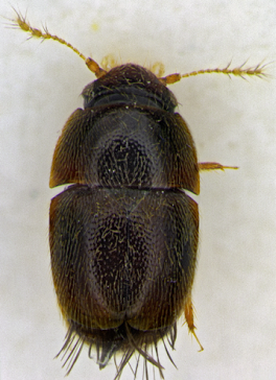 The Amazon Conservation Association and a group of international scientists have teamed up to launch a competition to name a species of beetle only recently discovered on earth – specifically, in Peru. Dr. Caroline Chaboo and her research team from the University of Kansas discovered this new beetle during field studies at Villa Carmen Biological Station, where she has been working since 2008. The new beetle represents both a new genus and a new species, and is classified in the beetle family Ptiliidae, or featherwing beetles, because of the unusual hind wings with long hairs that make them appear feather-like. These beetles live in decaying matter and fungi, and some live with ants and termites. This initiative is meant to raise public awareness regarding the importance of conservation, and of scientific research, in Peru’s Amazon rainforest, a global biodiversity hot spot. 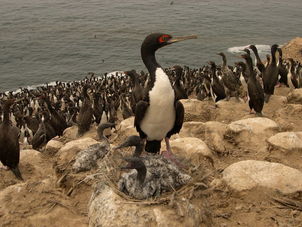 A cura di Emanuele Biggi, Alessandro Catenazzi e Francesco Tomasinelli Un viaggio naturalistico e fotografico per scoprire la fauna e la flora e la cultura dei grandi ambienti peruviani: il deserto costiero, la foresta nebulosa andina e quella calda amazzonica. Il Peru è uno dei paesi con il più alto grado di biodiversità del Sud America, grazie anche alla diversità di ambienti e zone climatiche che si possono incontrare in questa nazione. 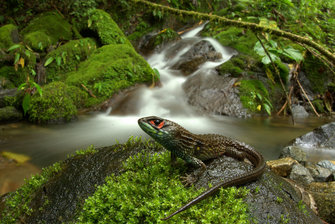 In questo viaggio cercheremo di conoscere e fotografare alcuni spicchi importanti di questa biodiversità, con naturalisti, ricercatori di fama mondiale e fotografi che amano tutta la strabordante natura peruviana. In circa 15 giorni potremo conoscere i principali ecosistemi del Peru, il deserto costiero, le vette andine, la foresta nebulosa d’altitudine e quella amazzonica più in basso. Tutti i dettagli su www.anura.it/peru-viaggio-fotografico-giugno-luglio-2016/  Alessandro will be giving a Natural Science Colloquium sponsored by the Department of Biology at Illinois Wesleyan University on Friday, 12 February at 4pm. The title of the talk is "Chytridiomycosis and the Loss of Amphibian Biodiversity in the Tropical Andes". Alessandro will be hosted by Dr. Edgar Lehr, a long-time collaborator and specialist in biodiversity of tropical amphibians and reptiles. 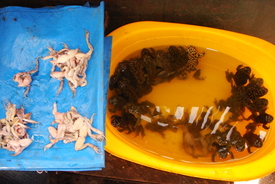 A new lab contribution and collaboration with the Warne Lab was published this week in PLoS ONE and examines co-infection with the chytrid fungus Batrachochytrium dendrobatidis and Ranaviruses in wild and harvested frogs in Peru. A previous publication had found high prevalence of chytrid infection in harvested frogs (see photo), our new study confirms such high prevalence and also detects high prevalence of Ranavirus infection. Somewhat surprisingly, we also found Ranavirus to be relatively frequent in cloud forest frogs in the Amazonian slopes of the Andes, including among terrestrial-breeding frogs that do not commonly use water bodies. Amphibian communities in the these forests have been decimated by epizootics of chytridiomycosis in the early 2000s, and co-infection with Ranavirus in surviving species may play a role in population persistence or population recovery following epizootics. |
Archives
June 2024
CATENAZZI LABNews from the lab Categories |